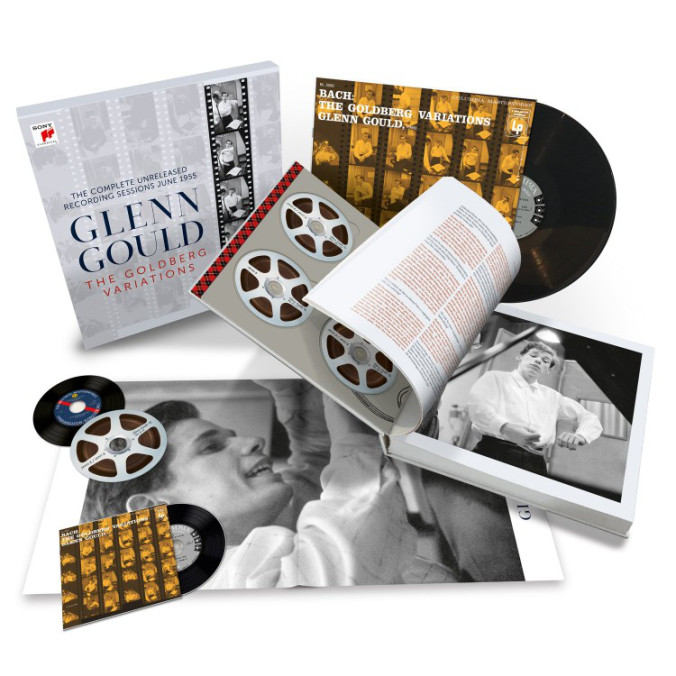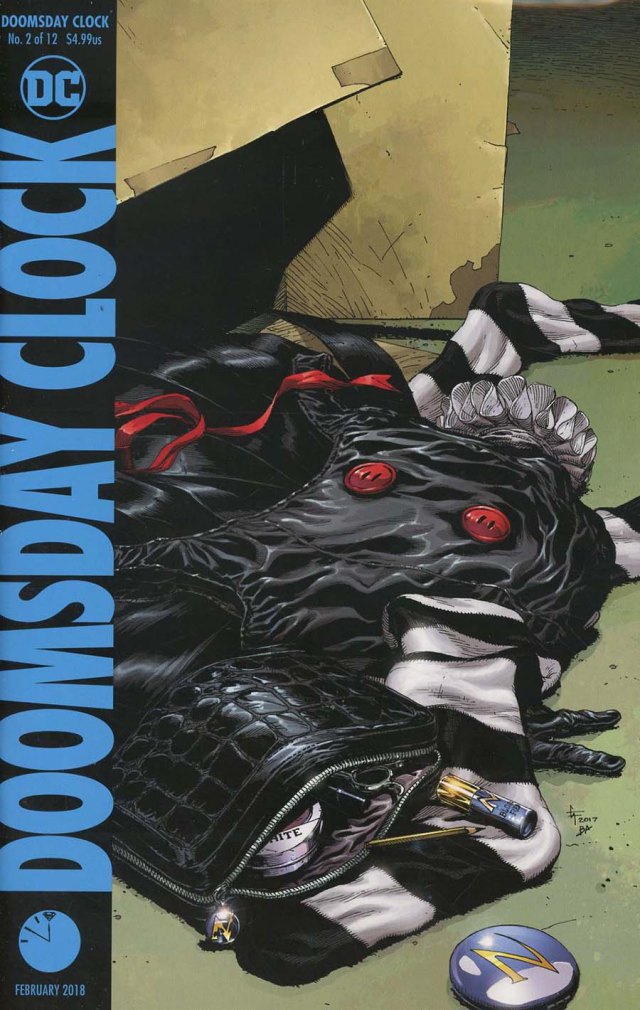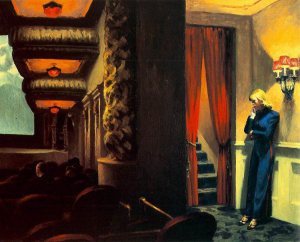
The other day, I listened to Glenn Gould record the Goldberg Variations.
Not play them—that’s easy enough with three recordings available—but record. Sony Classical has released a new multiple CD set that is the entirety of Gould’s 1955 Goldberg’s session: Glenn Gould—The Goldberg Variations—Complete Unreleased Recording Sesssions June, 1955.
The master release, again, is easy enough to either own or stream. This was Gould’s debut on the major commercial stage; at the time he was a prodigious young talent who was much talked about by critics but had yet to be exposed to the type of mass audience that Columbia had at hand. And an artist could not dream of a better debut—this began his notoriety, which made him a subject of public fascination even before he left the concert stage and began side projects like his documentaries for Canadian radio.Detested or beloved, the album launched his career.
Sixty years later, it’s still an astonishing recording that remains outstanding in the discography of the piece (it stands out from his 1981 recording, itself unique in the discography but for different reasons). The tempos seem ridiculous—the overall duration is 38 minutes, as opposed to a common one of an hour or more—and I still find myself laughing in disbelief when I listen, but they are neither frenetic or senseless. Gould’s playing is always under control, always clear—it is his ability to parse each contrapuntal voice and play them all clearly that separated him from every other pianist in the 20th century—and always has the foundational certainty of purpose that comes from thinking through every variation and passage.
And now you can hear him put it all together. Five of the seven CDs are the recording session (spanning June 10-16), which began with the Aria and proceeded in sequence through every variation. What you hear is very different than the usual collection of complete studio takes; though there are moments when Gould starts again after playing a bar or two, there is nothing like the false starts, incomplete takes, and exploratory versions you hear on complete sessions from Charlie Parker or Bob Dylan. What predominates is Gould playing a variation, then playing it several more times, before moving on to the next.
While that probably seems dry and tedious as hell, it’s the opposite; it’s immersive and often exhilarating. What the session tapes do is amplify the pleasures of the original recording. If you put on the album and marvel at the beauty of the Aria and the thrill of the variations, then you will marvel over and over again at each. It not only is never dull, but it has the effect, just like the Miles Davis Bootleg series release of the entire Miles Smiles recording session, of making the the finished recording that much more exciting, wonderful, and satisfying. The process at these sessions was Gould playing each Variation until his hand realized exactly what was in his head. This is thinking made into sound. And while it’s a given that the Goldbergs are one of the real masterpieces of classical music, hearing each variation multiple times reinforces Bach’s genius as much as it does Gould’s.
Despite the overall duration of around five hours, this set is lean as a whippet—there is very little studio chatter, almost all of it is calling out the takes and Gould asking to hear a playback. The one extended section of discussion is itself a joy to hear; Gould explaining the origins of the Qoudlibet and then playing his own. He relates how it came to him in the bathtub, harmonizing the Star-Spangled Banner and God Save the King together. Better put, though, is that there is nothing superfluous here, instead there is what I find in the takes of Variation 26: Gould plays it twice at an amazing tempo, then starting with the third take, he plays it…faster!
Gould pissed of a lot of people with this album, and continues to be a troublesome figure to those who try and hoard the past for themselves. And Gould is troublesome, in the best sense. There is nothing shallow or show off-ish about his tempos. He could play fast because he could think fast, and he could think fast because Bach holds together at the speed, and becomes something else, something real, unusual, meaningful, and 100% Bach. That is what Gould gave us.
Beyond what this set is, there’s the question of it’s worth—it’s $90. The package is substantial, and not just because it weighs close to nine pounds. Along with complete sessions, there is a CD of conversation between Gould and Tim Page from the 1981 session, and both a CD and LP of the final 1955 album. There is also a nice poster and a hardcover coffee-table style book covering the session that’s full of pictures of Gould, many of them showing him with a young man’s unselfconscious joy in the music—he’s dancing—and for the nerds like me that are excellent pictures of the hallowed 30th Street Columbia recording studio.
Is it perfect? In my copy, it’s difficult to keep CD 5 secure in it’s spot. Is it worth it? That question can only be answered by those who can spare the money, obviously. My answer, since I find myself listening to the session more than I listen to the album, is an unqualified “yes.” This is not just Gould’s Goldberg Variations album, it’s something different, and something more—it’s art being made and preserved.
Share this:- More






